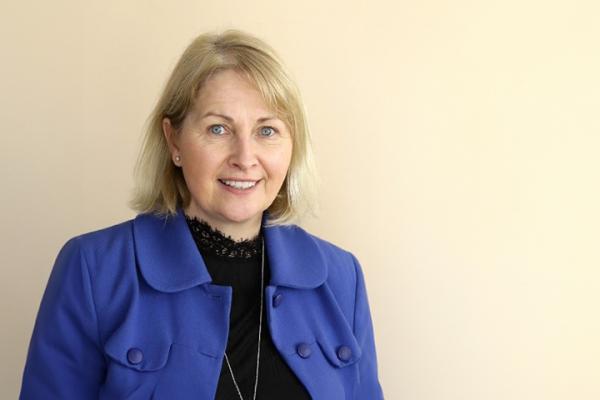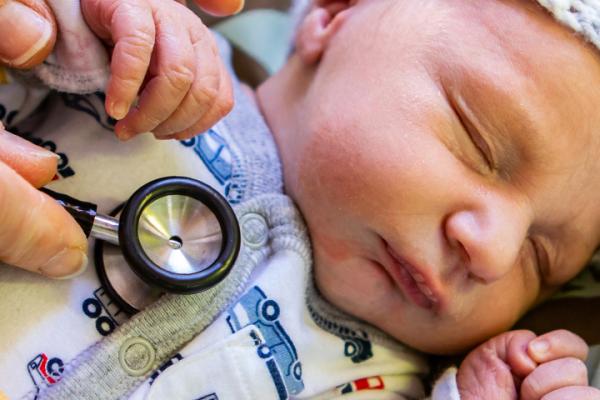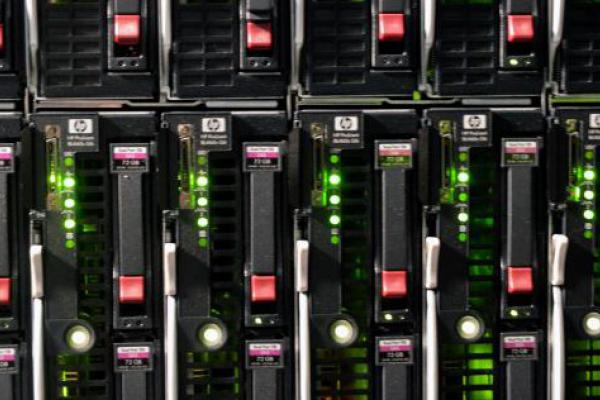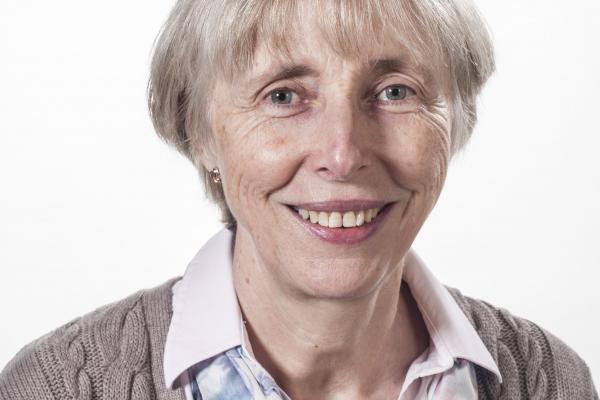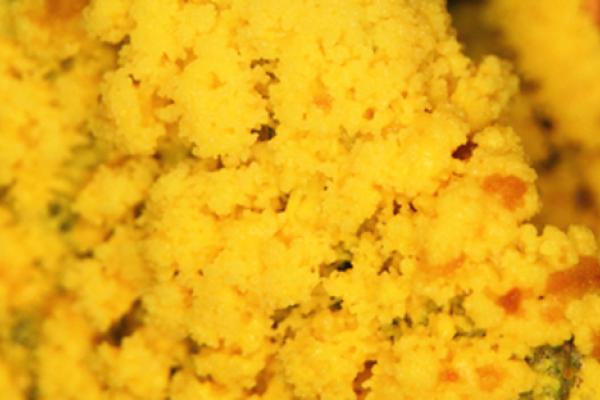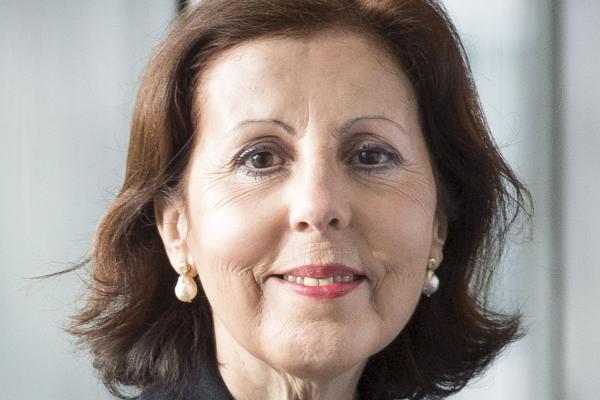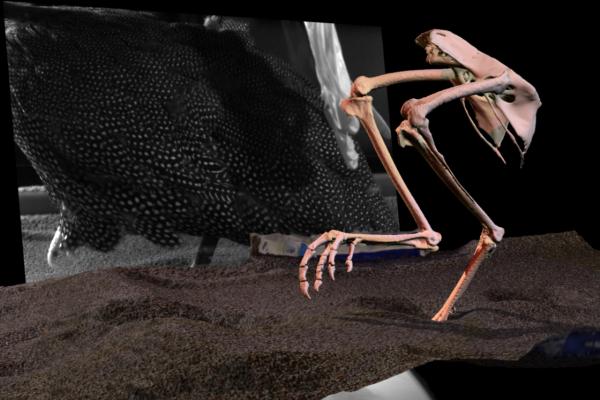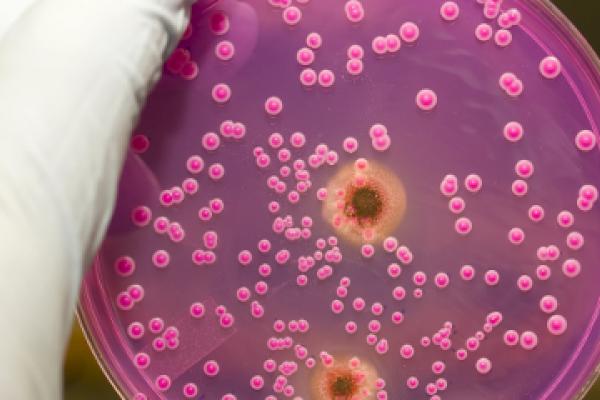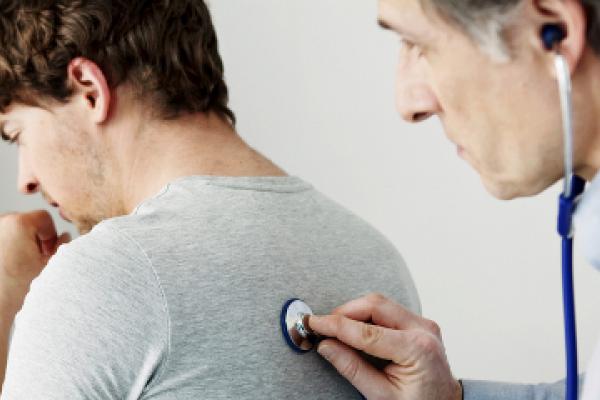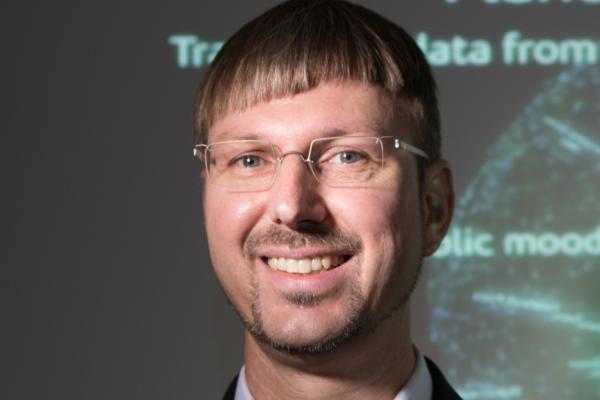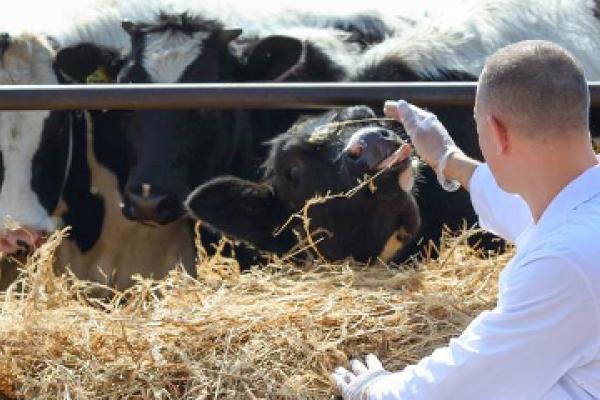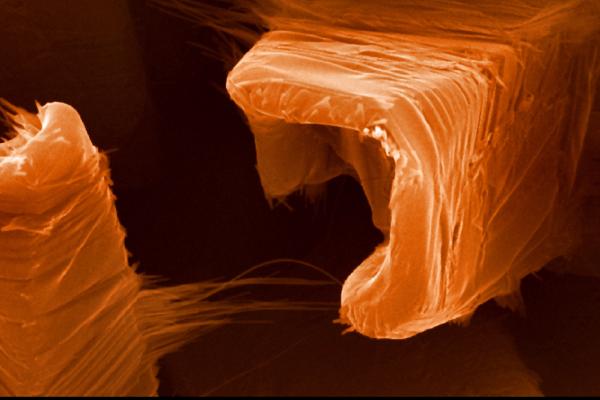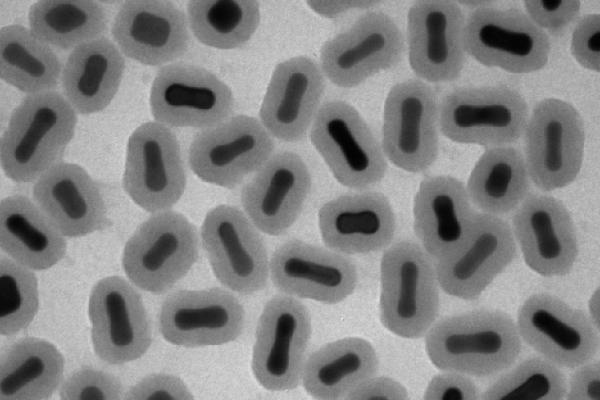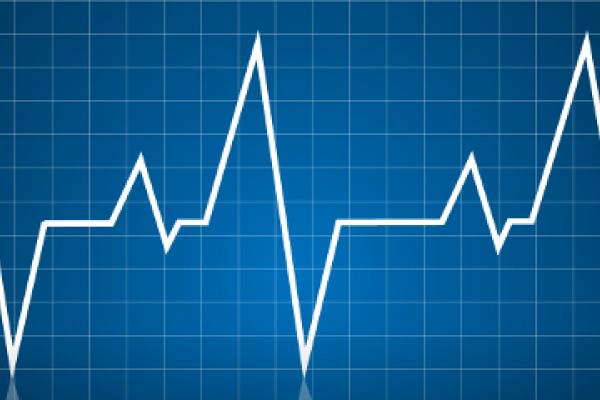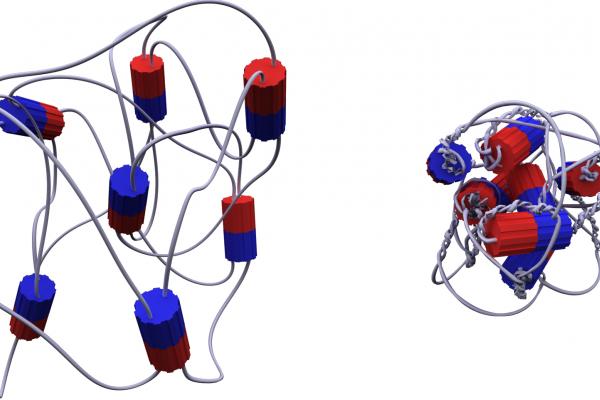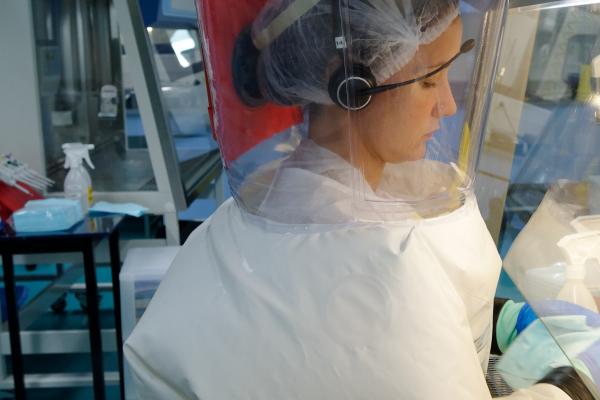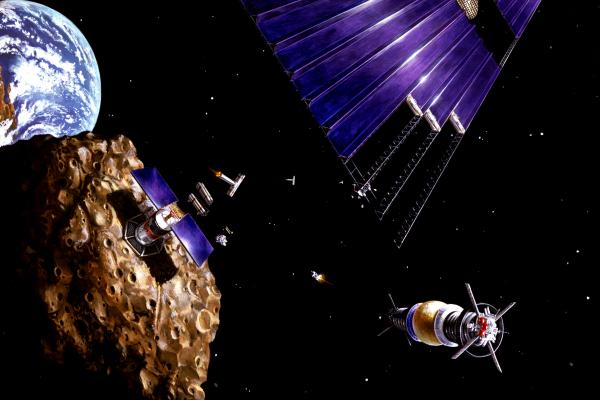EU-funded researchers are exploring new ways to learn that make science more relevant to everyday life – and more fun.
Special series

Researchers on a mission
The EU is on a mission with researchers to protect our planet and society.
By helping researchers discover new ways to improve people’s lives, and to protect us from climate change and global health shocks, the EU is building a better future for all of us.
Most popular
-
1
-
2By Andrew Dunne
-
3By Horizon Staff
-
4By Helen Massy-Beresford
-
5
Top videos
Miracle material enters the limelight with European help
14 July 2024
Pioneering care for preemies – from artificial placentas to brain-healing stem cells
12 July 2024
Past articles
The falling cost of gene sequencing and the prevalence of healthcare monitoring gadgets means our bodies will become data clouds that give us an early warning for diseases like cancer and neurodegenerative conditions such as Alzheimer’s, according to researchers in a growing field known as computational medicine.
Female role models are an important way to promote gender equality among senior scientists, according to Professor Caroline Dean, a plant biologist at the John Innes Centre, in Norwich, UK.
Prof. Dean is the winner of the 2015 European Molecular Biology Organization (EMBO) and Federation of European Biochemical Societies (FEBS) Women in Science Award for her work in plant biology and working to promote women in science.
Scientists are developing computing devices built from living organisms such as slime mould and bacteria, in order to harness their problem-solving and programmable properties.
The European Research Area (ERA) is taking shape in the community of researchers who collaborate across Europe, and it’s thanks to the Framework Programmes, according to Professor Maria da Graça Carvalho, a former MEP who was instrumental in simplifying the rules of Horizon 2020.
X-rays, synchrotron radiation and computer simulations are all shedding light on how dinosaurs moved, and the results are providing new insights into one of the most pressing evolutionary questions of all time: how did flight evolve in birds?
Almost 50 000 Google searches per second, 3 billion internet users, 500 million tweets per day – the data centres that underpin our information age now use 2 % of Europe's energy, researchers say. That’s the same as the energy used globally by the aviation industry.
Yeast was the very first non-bacterial organism to have all of its genes sequenced, and the collaborative nature of the EU-funded breakthrough laid the foundations for the sequencing of the human genome less than 10 years later.
People who suffer from mental health problems such as anxiety or depression may like the sound of a new treatment that swaps pharmacology for music, thanks to a better understanding of how sound affects the neuronal pathways in the brain.
Researchers are designing electronic noses that mimic the way our brains process smells, and the new devices could help uncover health conditions such as asthma and pneumonia.
Europe needs to pursue a different strategy from Silicon Valley if it is going to reap the social and economic benefits of big data, according to Dirk Helbing, Professor of Computational Social Science at ETH Zurich, who aims to create an open, real-time data stream from the Internet of Things.
During February, Horizon looks at the vast digital libraries which are changing the world around us.
Seeing a shark jump out at you on the street may seem like a scene from a movie, but new digital technology that combines lasers and micromirrors to create a 3D effect without the need for glasses means it could soon become reality.
When a mystery brain disease jumped from cows to humans in 1996, a concerted effort by EU researchers helped to unravel its causes, and change food production for good.
Designer proteins could mean new treatments to tackle diseases with pinpoint accuracy, thanks to scientists who are developing miniscule machines to manipulate single molecules.
Tiny gold rods and 3D scaffolds are just two of the tools helping scientists harness the power of stem cells to grow and repair damaged or malfunctioning tissue in patients.
The collapse of communism in the Eastern Bloc in 1989 redrew of the map of Europe, and the aftershocks were also felt strongly in the foundations of European research.
The noise of a whirring washing machine or a house-rumbling lorry may seem like little more than a nuisance, but scientists are developing sophisticated devices to turn such everyday vibrations into a new energy source.
A gel which can be shrunk by light-powered molecular motors has become the first ever material to change its shape because of microscopic nanomachines.
New vaccines and a 15-minute diagnostic test are among eight research projects being launched under the first round of a dedicated Ebola funding programme run by the Innovative Medicines Initiative (IMI), a tie-up between the EU and Europe's pharmaceutical industry.
Researchers are preparing for missions to capture asteroids and bring them closer to the earth, where they could one day be mined and even provide a source of fuel for interplanetary spacecraft.
Weekly news alert






